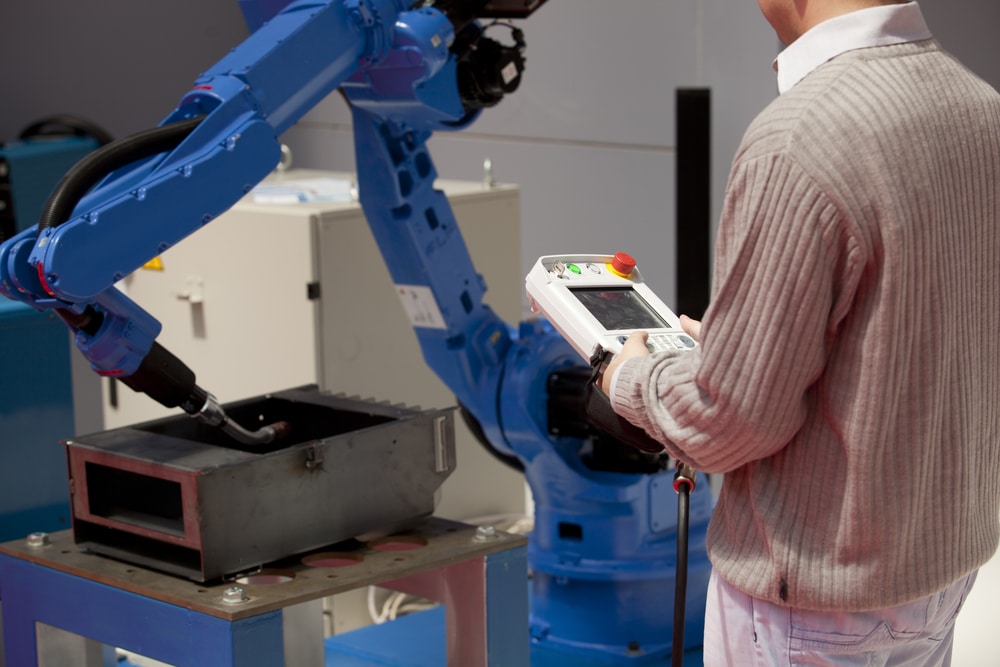
The steel industry has been around since the late 18th century. A time when the industrial revolution brought up new and innovative designs that relied on the advantageous qualities of steel to realize them. However, it’s only advanced further over time, especially in terms of technology and modernization. Thanks to current technological advancements, steel manufacturing has become even more time and cost-efficient. With the increased trend toward development, new technological advancements can improve the industry even further by boosting client satisfaction and reducing its environmental impact.
Challenges in the Industry
The industry, while largely successful, is not without its challenges. Value chains are intricate and have many potential routes for miscommunication due to the large number of units, international clients with varying legal requirements, and complex channels for product delivery.
Due to the fast-paced nature of the steel industry, executives running the supply chains are often lacking critical data before making decisions and can miss the mark when anticipating changes in the industry. This can lead to decreased profits and missed opportunities.
Robotics & Automation
Two of the biggest trends rapidly improving the industry are robotics and automation. Industrial robots emerged due to the rising need for safety in steel manufacturing workers. For example, the use of liquid metal can potentially injure employees if any move is miscalculated.
Even better, with the frequent use of robotics for product creation, manufacturers noticed a vast improvement in quality as well. They not only save money by decreasing the workforce load and producing a more precise product, but they streamline efficiency by quickening the delivery time.
Automation also helps companies deliver a more consistently high-quality product. Before, steel sampling and testing required the use of dangerous practices, like sending in workers wearing protective gear, where temperatures consistently reach over 2,000° Fahrenheit. Now, automated technology can regularly take temperature and oxygen levels without risking personnel.
3D printing is another budding advancement creating major advantages for steel production. Companies using this technology help designers to create exact structures in organic shapes that are difficult both in skill and time, if not impossible by human hands.
Trends & Benefits
The steel industry requires staying on the pulse to predict future trends and improve business practices. Luckily, technological advancements are creating an overall decreased level of costs while increasing company profits.
Digitization has helped drop the cost of data storage and research through self-taught algorithms. It can also help forecast trends that will boost customer satisfaction and even alert companies to when maintenance may be required before a problem arises.
Consumers require companies to stay on top of innovative trends so their changing needs can constantly be met. By conducting digitized pilot tests, steel producers can now anticipate the needs and conflicts of consumers personalized to their region and demands.
The Future Of Tech and Steel
The steel industry is looking bright due to constant developments in engineering, machinery, and techniques for extracting and working with steel. Because the benefits far outweigh any potential challenges for the moment, companies are investing even more into development to stay ahead of the competition.
Future developments like zero or low-emission iron ore extraction, and solar panel development, are all changing the landscape even further, benefiting not only the industry but the planet.











